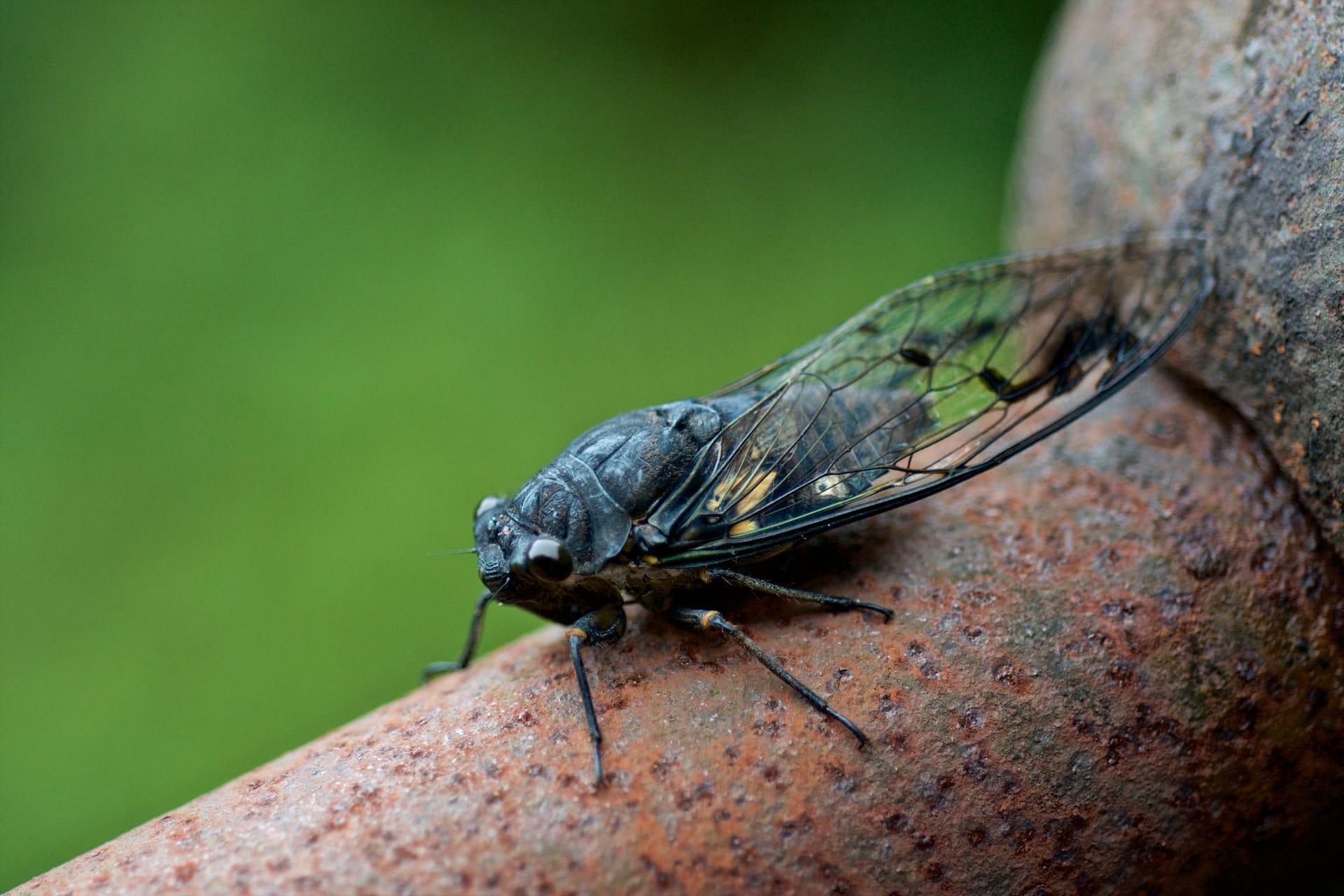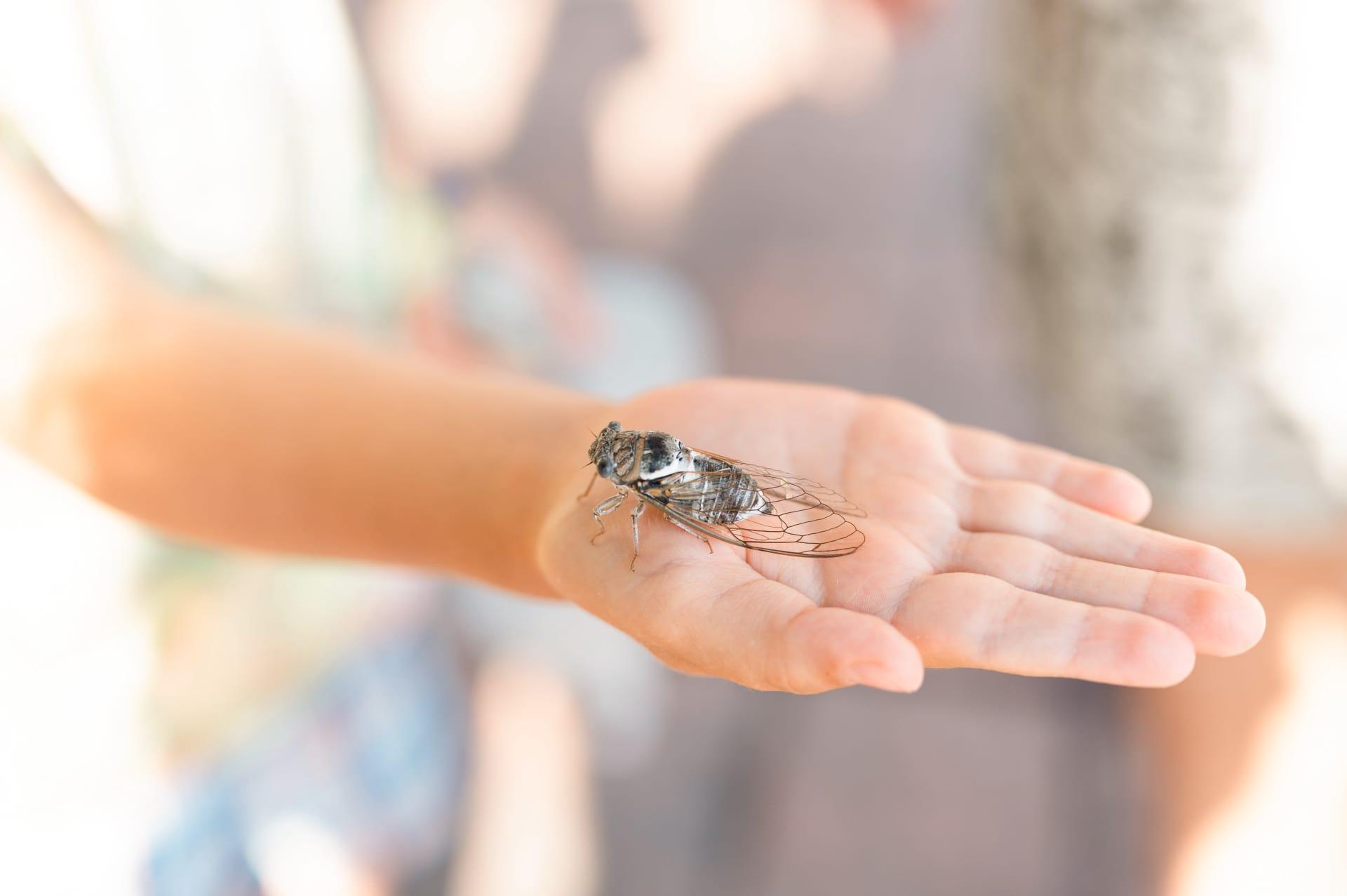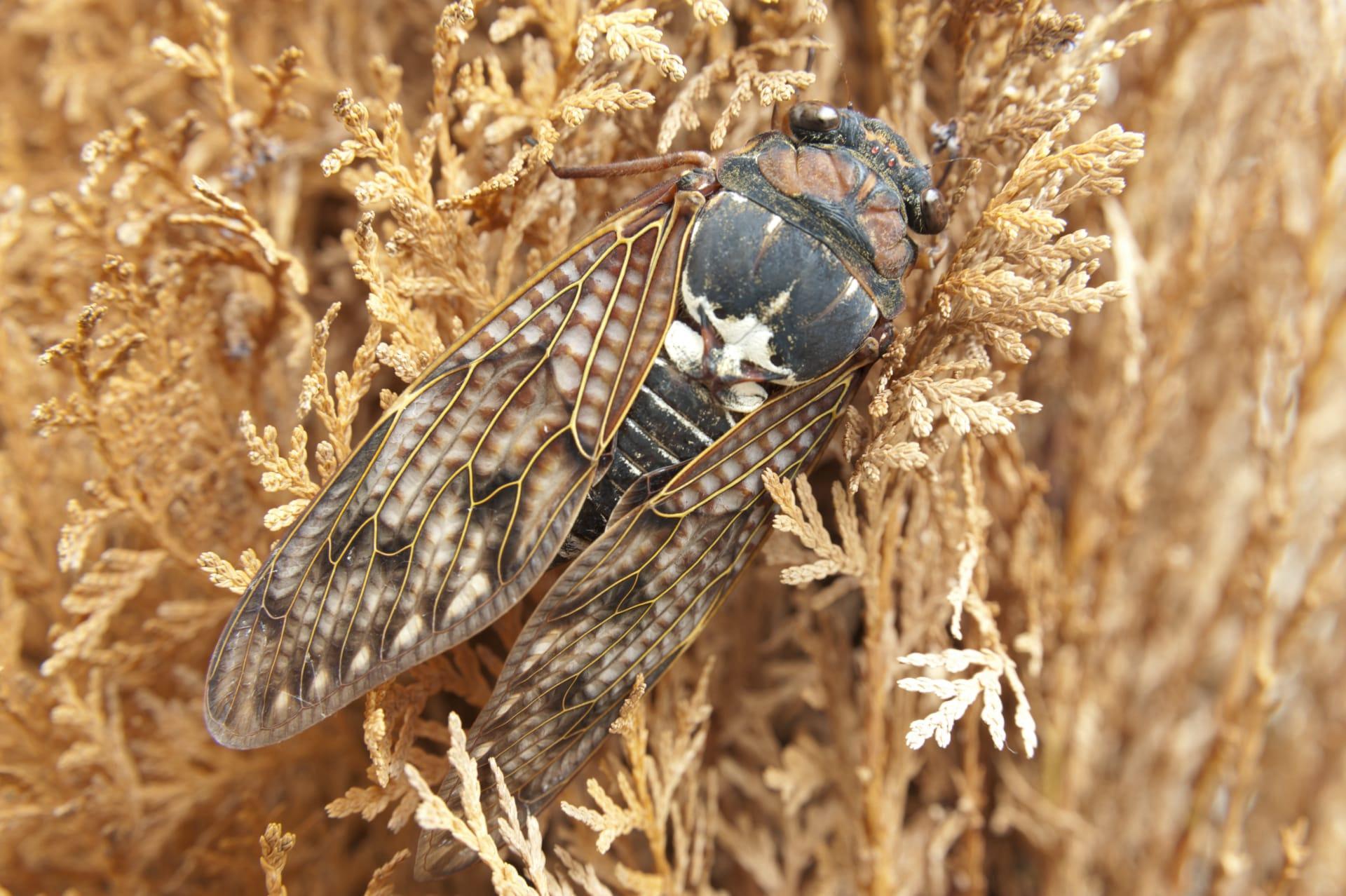Cicada Bug Trivia
- Home /
- Trivia Question /
- Animal /
- Cicada Bug Trivia
1
Question: How long can cicadas live, and what is unique about their lifespan?
Answer: Cicadas have one of the most fascinating lifespans in the insect world. Most species live as nymphs underground for 2 to 17 years, depending on the species. The periodical cicadas, like the Magicicada genus, are renowned for their 17-year cycle. This unusually long development phase is spent feeding on the sap from plant roots. Once they emerge above ground, their adult life is surprisingly short, lasting only about 4 to 6 weeks.
Question: What do cicadas eat and how do they feed?
Answer: Adult cicadas feed on plant fluids, especially from tree branches, using their specialized mouthparts called proboscises. They pierce the bark of trees to access the sap. Interestingly, cicadas aren't harmful to plants in their feeding process. Nymphs, living underground, also feed on sap, but they do so by tapping into the roots of plants. This unique feeding mechanism causes minimal damage to plants, making cicadas gentle giants of the insect world.

2
Question: Do cicadas bite or sting humans?
Answer: A common misconception about cicadas is that they bite or sting. In reality, cicadas are harmless to humans. They have no stingers and their mouthparts are not designed to bite. If a cicada lands on a person, it might probe the skin out of curiosity, but this is mistaken for feeding and is harmless.
Question: Are cicadas locusts?
Answer: Despite popular belief, cicadas are not locusts. This confusion likely arises from the mass emergence of some cicada species, which resembles locust swarms. However, locusts are a type of grasshopper, while cicadas are true bugs. They belong to different insect orders; cicadas are part of the Hemiptera order, while locusts belong to Orthoptera.

3
Question: How do cicadas produce their loud sounds?
Answer: Cicadas are famous for their loud choruses, especially during the mating season. Male cicadas produce these sounds using a pair of structures called tymbals, located on the sides of their abdominal base. When the tymbals buckle rapidly, it creates a resonating sound. Each species has its unique call, which helps females identify suitable mates. The sound can reach up to 100 decibels, equivalent to a motorcycle's noise.
Question: What is the purpose of cicadas' synchronized emergence?
Answer: The synchronized emergence of cicadas, especially in periodical species, is a survival strategy known as predator satiation. By emerging in massive numbers at the same time, they overwhelm predators, ensuring that enough cicadas survive to reproduce. This remarkable phenomenon ensures the survival of the species, as predators can only consume a fraction of the population.

4
Question: How do cicadas impact the ecosystem?
Answer: Cicadas play a significant role in their ecosystems. Their mass emergence provides a food bonanza for predators like birds, mammals, and other insects. After they die, their bodies decompose and enrich the soil with nutrients, benefiting plant growth. Their nymphs aerate the soil while burrowing, which improves water infiltration and root growth. Thus, cicadas contribute to both the terrestrial and underground ecosystems.
Question: Can cicadas predict weather changes?
Answer: There's a folklore that cicadas can predict the weather, particularly signaling the arrival of rain. While cicadas are not weather predictors, they are more active in warmer temperatures. They tend to sing louder and more frequently when it's hot and humid, which can precede rain. However, this is more correlation than causation, as their activity is temperature-dependent rather than a conscious prediction of weather.

5
Question: What are the differences between annual and periodical cicadas?
Answer: The key difference between annual and periodical cicadas lies in their life cycles. Annual cicadas, like the genus Tibicen, emerge every year and have a 2-5 year life cycle. In contrast, periodical cicadas, like the Magicicada species, have synchronized life cycles of either 13 or 17 years, depending on the brood. Both types spend most of their lives underground as nymphs, but periodical cicadas emerge in massive numbers, creating notable events.
Question: Do cicadas have natural predators?
Answer: Cicadas have various natural predators, including birds, spiders, wasps, ants, and small mammals like squirrels. In some cultures, humans also consume cicadas as a protein-rich food source. The emergence of cicadas, particularly periodical ones, is a feast for many predators due to their abundance. However, their survival strategy of overwhelming predators through sheer numbers during mass emergences helps ensure the continuation of their species.